All heritage assets derive their significance from the same set of heritage values. What separates national and local heritage assets is the importance of those values. Assets of high significance are more likely to be nationally listed. For assets that are not nationally listed, a local list can assess and record their heritage values.
We assess local heritage assets using a combination of heritage values from:
- the National Planning Policy Framework
- Historic England’s Conservation Principles, Policies and Guidance
Nominations for the local list must be at least 30 years old. This is in line with the Principles of Selection for Listed Buildings guidance. Under exceptional circumstances, a case may be made for younger assets. For this to be the case their local interest would need to be outstanding in multiple values.
To nominate an asset, you need to provide information on these heritage values. Your asset may only have one type of heritage value, or it may have multiple values. What is important when nominating an asset is not the number of values it has but the level of those values.
The values we use to assess assets are:
Definition
The potential for a site or monument to reveal information about:
- a place
- a type of asset
- a community
- past human activity
Unlike historic illustrative value, this does not need to be visible to be significant. The asset will often be buried. It is the potential for the site or asset to reveal information that is important.
Examples could include:
- the earthworks of a hillfort
- a collection of burial mounds and their relationship to each other and the landscape
- the remains of 20th century coastal defensive structures and infrastructure
Factors that might affect the level of the value
The value may be affected by:
- the age of the asset and how rare it is
- how well the physical remains survive
- the capacity for the site, monument or asset to fill gaps in knowledge that we cannot get from other sources
- its contribution to:
- understanding past human activity on a local, regional, national or international level
- deepening understanding of a particular asset type, community, or period in history
For example:
The cemetery has a large repository of human remains. Examination of these remains could add to our understanding of the health and social wellbeing of British society at the time. Any data obtained would be specific to the local area. The data could help build a richer picture of life in the town at the time. This could help people better connect and understand the local community of the past.
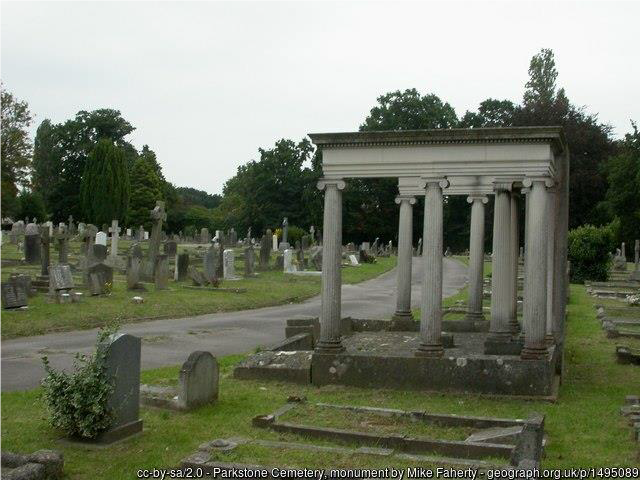
Definition
The ability of an asset to illustrate its original purpose and the activities it supported. On a broader scale, they may also illustrate the influence on the lives of local people of:
- regional
- national events
- laws
- economics
- politics
- religions
- fashions
- technology
- geology
- landscape
- connectivity
Examples could include how:
- a church and its churchyard, boundary walls and lychgate help our understanding of religious practices and traditions
- a Victorian purpose-built cemeteries reflected burial reforms in response to a national health crisis
- the earthworks of a deserted medieval village tell us about its:
- layout
- population size
- relationship with the landscape
Factors that might affect the level of the value
The value may be affected by:
- the rarity of the asset type
- how clearly it conveys its purpose or reveals historic activities and uses
- if it is still in use for its original purpose
- the survival of historic fixtures and fittings
- its relationship with other associated assets
- its contribution to a wider understanding
For example:
The cottage was built in the late 19th century by the landowners for their estate workers. There is attention to architectural detailing and investment in quality materials and finishes. This shows a clear commitment and investment to give estate workers quality housing. This illustrates the standing and prosperity of the landowners. It also shows the wider philanthropic movement in Victorian society at the time. A society which valued a moral and societal duty to improve the lives of those less fortunate.
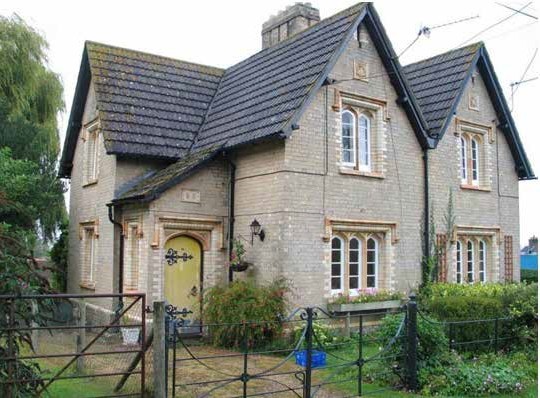
Definition
The connections the asset has to:
- important events or people
- movements
- cultural expression
It may be important for its ties to a single point in time, or for how it documents the evolution of a place.
Examples could include:
- notable individuals interred in a cemetery
- local landowners associated with the construction of housing for their estate workers
- a sculpture by a particular artist
- the location of a demonstration or rally
Factors that might affect the level of the value
The value may be affected by:
- rarity, as an example of a specific person’s work or as the only place or starting point of a movement/chain of events
- contribution to the wider body of work or understanding about a person
- survival of the historic fabric or design, as a physical element that can help us understand and connect to intangible attributes
- a place or asset as inspiration for works of art and literature
For example:
The significance of the war memorial lies principally in its historic associative value. Through its association with lives lost in World War II. It serves as a permanent record and is accessible to all relatives and visitors.
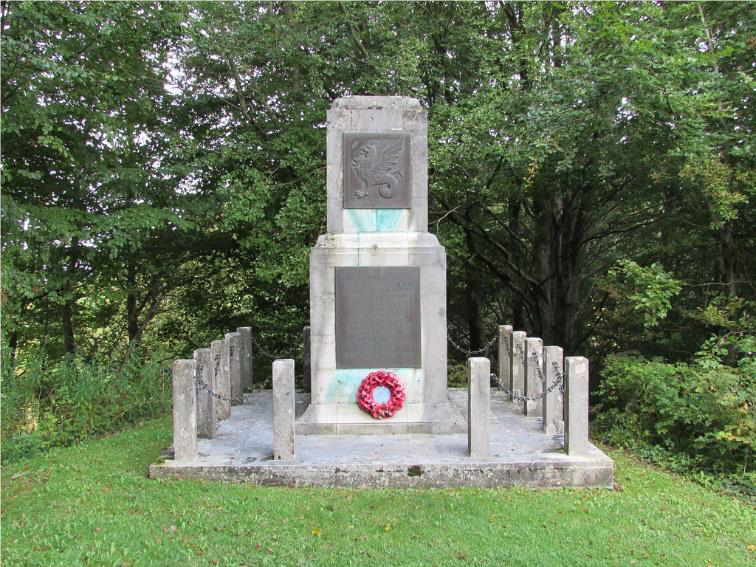
Definition
The intrinsic visual and physical qualities of built structures. These broadly fall into two types:
- the conscious design intent as envisaged by an architect, or by a builder/architect incorporating/copying architectural styles and detailing
- the honest appeal of more modest forms of buildings. This may include the humble, vernacular architecture of local craftspeople or the forthright, practical appearance of utility, transport, communication, military or defence structures
Factors that might affect the level of the value
The value may be affected by:
- the intactness of historic fabric and detailing / the level of alteration and loss
- the quality of the design / association with a known architect
- the quality of the craftsmanship
- the rarity of the structure type
- construction techniques used, technological innovation incorporated, the use of materials
- the age of the structure
- local landmark status
- group value with other assets
For example:
The cottage has high architectural value due to the quality of its design and reflection of period detailing. The building was formerly two semi-detached cottages. It is a west facing detached property, in large lawned grounds, with trees and shrubs to south and rear. Each cottage is built in the Gothic revivalist style that was prevalent in the mid to late 19th century.
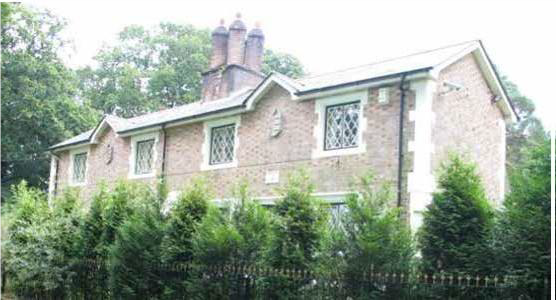
Features reflecting this style include:
- the large central chimney stack with four pots
- diamond-leaded windows
- the two gables in the west face of the roof which are in line with the original entrances
The building is two storeys in height. The roof is low-pitched, covered by slate tiles. It has a large eaves overhang on the gable end. The elevations are in distinctive Flemish bond brickwork. They have dark headers, giving a polychromatic finish. The value is further enhanced by the intactness of historic fabric and detailing.
Definition
The visual and experiential qualities of a site or structure. There are two types of aesthetic value:
- the site or structure as a work of art, with a design implemented with the purpose of manipulating the senses or evoking an emotional or intellectual reaction in the observer. It can relate, for example, to the proportions or detailing of a façade or statue, or the layout and planting of a landscape
- the fortuitous visual appeal of unplanned views or seemingly unconnected features. For example:
- the organic growth of a medieval village to modern day
- an unintentional but revealing or beautiful view of a historic asset
Factors that might affect the level of the value
The value may be affected by:
- the quality and intactness of planned spatial or visual relationships between features
- the quality of the materials, their finish and craftsmanship
- as an example of a known artist or designer
- as an example or expression of a particular style or artistic movement
- the strength of reaction to an asset. That could be inspiring, humbling, playful, elegant or charming
- the effect on all the senses. The creation of an experience not only visually, but sounds, smells and touch
For example:
The lychgate is a handsome structure that complements the grade I listed church. It contributes to the aesthetic, scenic qualities of the building and its churchyard. The chosen approach to the design adopts an Arts and Crafts style. This is sympathetic to and complements the church. It reflects the historic form and detailing of lychgates generally. Although a modest structure, it is well proportioned and finely detailed. It clearly fulfils an aesthetic as well as a functional role.
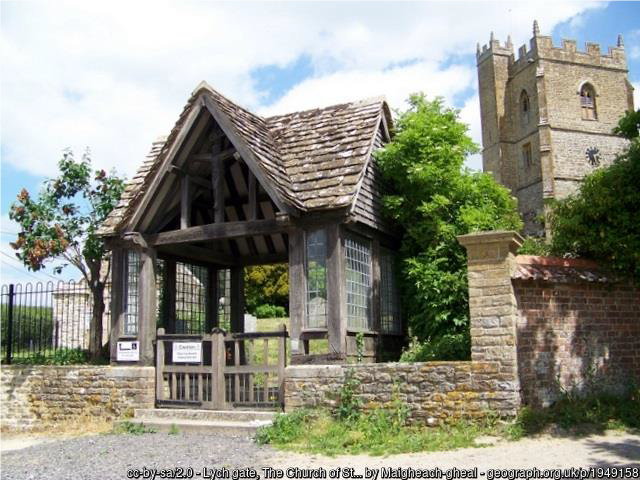
Definition
The importance of a place, site or asset to people’s collective identity. This value relates to our emotional attachment to place and how we relate to it. It can be found in many forms, including:
- symbolic or commemorative. A tangible depiction of collective celebration or grief, or as a representation of local identity and history, such as:
- war memorials
- statues
- historic representations of town emblems
- social. Links to the traditions or social practices of a community or place, such as:
- a church
- pub
- institutional building
- spiritual. The spirit of place, which can be religious but can be anywhere that embodies the beliefs of the individual or community
Factors that might affect the level of the value
The value may be affected by:
- the longevity of a tradition or practice’s connection to the asset
- the ability for the asset to draw together a community
- the strength of recognition of the asset as a source or emblem of local identity
- its rarity
- its authenticity
- its landmark status
For example:
The site is well used as a recreational space by residents and visitors. Public footpaths provide access along the river as well as through some of the meadows. Although much of this importance relates to their amenity value, their contribution to the character, history and local distinctiveness is also recognised locally. This was evident in the reaction to proposed building development in their vicinity.
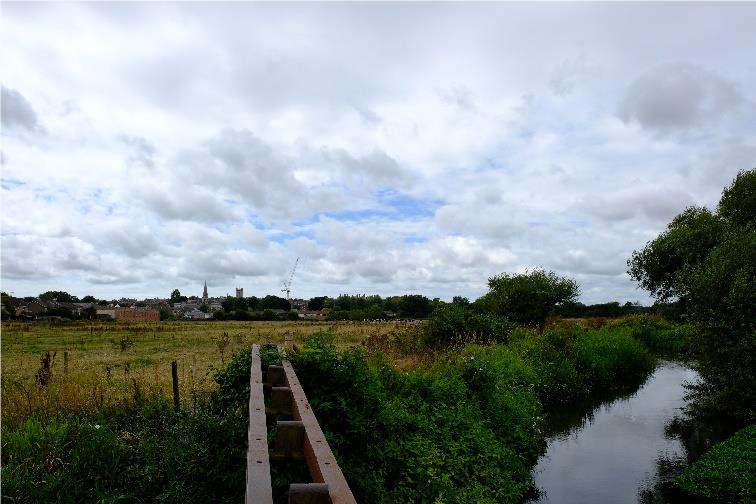
What to do if you're not sure which type of value an asset has
The most important thing you can do is include any information you have. If you're not sure which value it relates to, just include it where you think it fits best. We can move the information around if needed when we review it.
If you are still unsure, you can check our extra help page. We have included some case studies to help you work out how the information might relate to your case.
